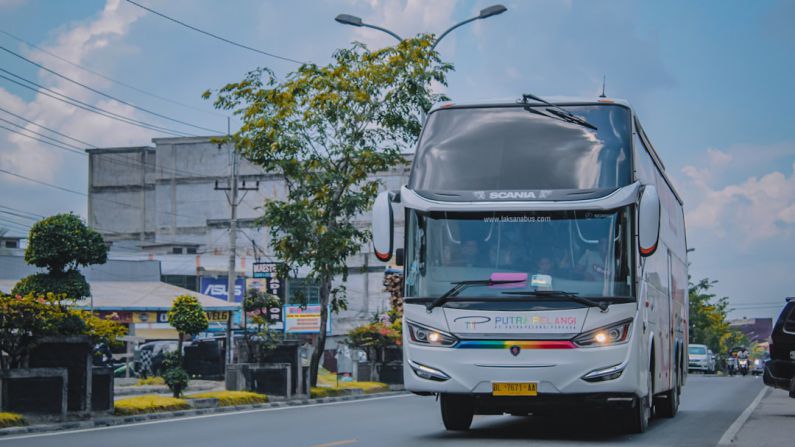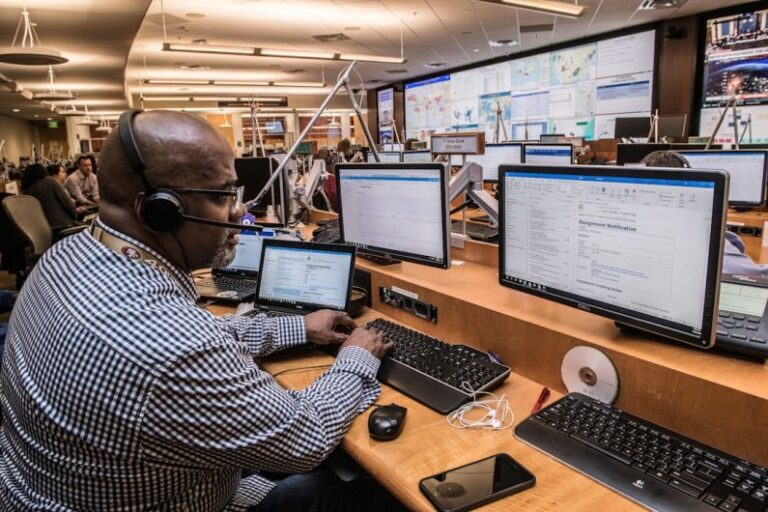Enhancing Safety Measures in Transportation Operations
Ensuring the safety of transportation operations is paramount in today’s fast-paced world. With the ever-increasing number of vehicles on the road and the constant flow of goods and people, it is essential to implement effective safety measures to prevent accidents and protect the lives of commuters. Enhancing safety in transportation operations involves a combination of technology, regulations, and education to create a secure and efficient system. By adopting innovative approaches and utilizing the latest advancements, we can strive towards a safer transportation environment for all.
**The Role of Technology in Safety Enhancement**
Technology plays a significant role in enhancing safety measures in transportation operations. The development of advanced driver assistance systems (ADAS) has revolutionized the way vehicles interact with their surroundings. Features such as automatic emergency braking, lane-keeping assist, and adaptive cruise control help drivers navigate the road more safely and reduce the risk of accidents. Additionally, the integration of vehicle-to-vehicle (V2V) and vehicle-to-infrastructure (V2I) communication systems enables real-time data sharing among vehicles and traffic signals, enhancing overall safety and efficiency on the road.
**Regulatory Framework and Compliance**
A robust regulatory framework is essential to ensure that safety standards are met across all modes of transportation. Government agencies play a crucial role in setting guidelines and enforcing regulations to promote safety in transportation operations. From vehicle safety standards to driver licensing requirements, regulatory bodies work tirelessly to uphold the highest safety standards and hold accountable those who fail to comply. By monitoring and enforcing regulations, authorities can create a safer environment for commuters and reduce the incidence of accidents on our roads.
**Education and Training for Safer Practices**
Education and training are key components in enhancing safety measures in transportation operations. Providing drivers, cyclists, and pedestrians with the knowledge and skills to navigate the road safely is essential in preventing accidents. Driver education programs, safety campaigns, and public awareness initiatives play a vital role in promoting responsible behavior on the road and fostering a culture of safety among all road users. By educating the public on the importance of following traffic laws and practicing safe driving habits, we can significantly reduce the number of accidents and injuries on our roads.
**Emergency Response and Incident Management**
In the event of an accident or emergency, swift and efficient emergency response is critical to minimizing the impact on commuters and ensuring their safety. Developing comprehensive incident management protocols and training first responders to handle transportation-related emergencies is essential in providing timely assistance to those in need. By equipping emergency services with the necessary tools and resources, we can enhance our ability to respond effectively to accidents and maintain the safety of all individuals involved.
**Promoting a Culture of Safety**
Creating a culture of safety within the transportation industry is essential in fostering a collaborative approach to enhancing safety measures. Encouraging open communication, sharing best practices, and promoting a zero-tolerance policy towards unsafe behaviors are key steps in building a safer transportation environment. By instilling a sense of responsibility and accountability among all stakeholders, including drivers, operators, and regulators, we can work together towards achieving our common goal of a safer and more efficient transportation system.
**In Conclusion: A Call to Action for Safer Transportation**
Enhancing safety measures in transportation operations requires a concerted effort from all stakeholders involved. By leveraging technology, enforcing regulations, providing education and training, improving emergency response, and promoting a culture of safety, we can create a more secure and reliable transportation system for everyone. It is imperative that we continue to prioritize safety in all aspects of transportation operations to protect the lives of commuters and ensure a sustainable future for our transportation infrastructure. Let us work together to make safety a top priority in transportation operations and strive towards a safer and more efficient transportation environment for all.






